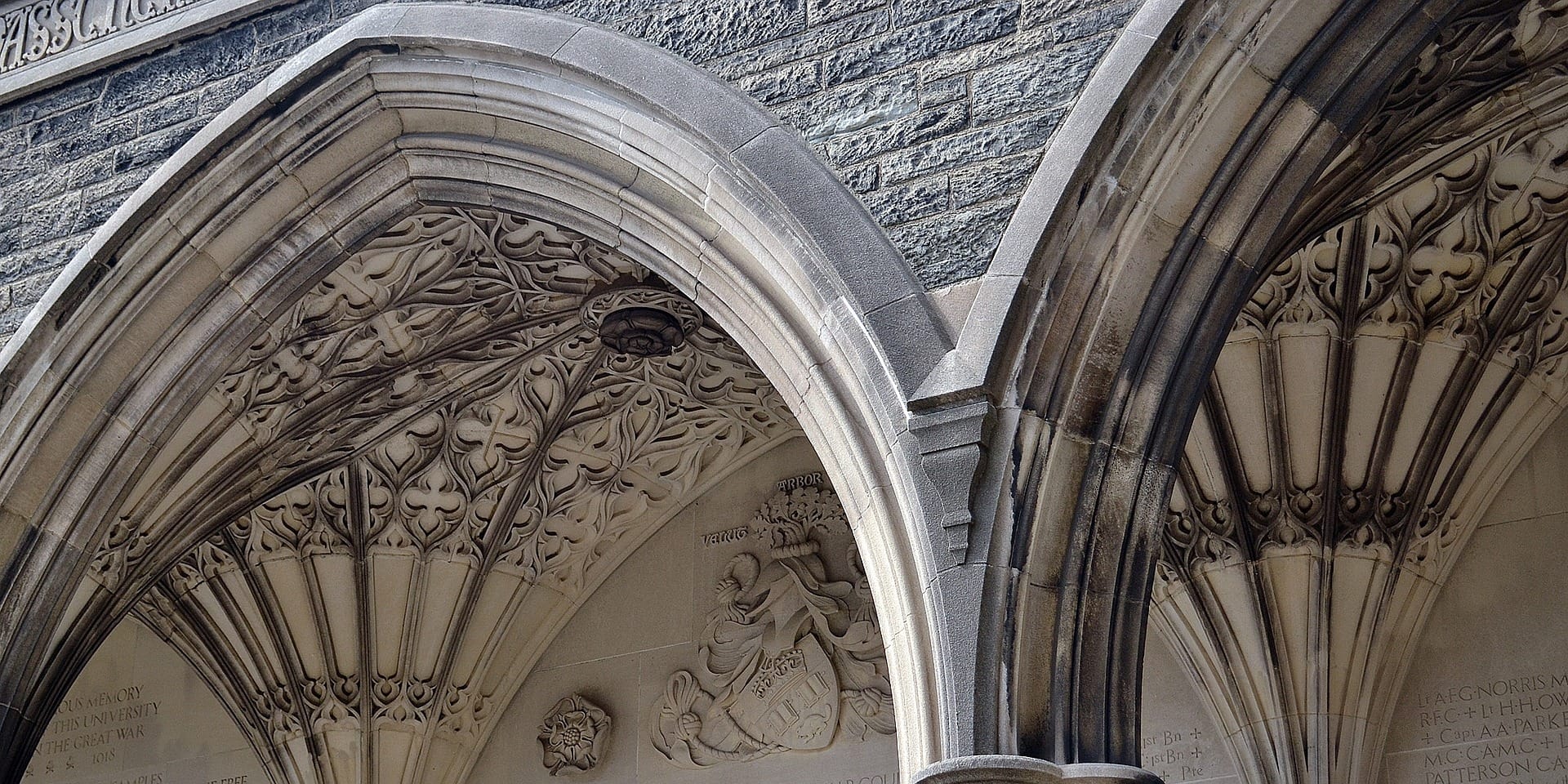Digest of Connecticut Appellate Court advance release opinions about trusts and estates, tax assessment, and…
Advance Release Opinions – December 28
The Connecticut Appellate Court advanced released an opinion about an easement by implication, which I review below. The Court also advance released an opinion about criminal law, for which I provide the syllabus but no review.
Easement by Implication
Deane v. Kahn – Picture three parcels in a row along the northern shore of the Connecticut River. Going from west to east, the first parcel is Gorman’s, the second is Kahn’s, and the third is Deane’s. The Kahn and Deane properties were once one property, separated by conveyance in 1960. A road runs along the northern border of the properties and provides access to each of the properties. Deane’s property, however, is bisected by a steep slope that effectively divides it into an upper portion and a lower portion. The lower portion is closest to the river. Because of the slope, Deane can’t really access the lower portion from the upper portion. Though to the west of the properties the road curves sharply to the south and east and runs along the river, it dead-ends at the southern portion of Gorman’s property near the river (it actually dead ends to the west of Gorman’s property but the case is easier to understand if you picture the road dead-ending at Gorman’s property). The trial court concluded that Dean had an implied right to access the lower portion of his property from the dead-end of this lower road by crossing the Gorman and Kahn properties. The Appellate Court affirmed, noting that an easement by implication typically arises where a conveyance separates what was once one piece of land “and at the time of the conveyance a permanent servitude exists as to one part of the property in favor of another which servitude is reasonably necessary for the fair enjoyment of the latter property.” It differs from an easement by necessity in the following ways: (i) easement by necessity requires a landlocked parcel, but easement by implication does not; and (ii) easement by necessity does not require an apparent preexisting servitude at the time of the conveyance, but an easement by implication does. The Appellate Court concluded that there was sufficient evidence supporting an easement by implication for Deane to access the lower portion of his property by crossing the Gorman and Kahn properties.
Criminal Law
State v. Grant – Syllabus:
“Convicted, after a jury trial, of the crimes of manslaughter in the first degree with a firearm and assault in the first degree in connection with an incident in which the defendant shot two witnesses at a restaurant, the defendant appealed. During the defendant’s trial, the court admitted into evidence a digital video recording of an interview of the defendant by the police following his arrest and a written statement in which the defendant had admitted to being the shooter and that he sold drugs to make money. The state also presented forensic evidence and testimony from various eyewitnesses, including V, who testified, inter alia, that he had personal knowledge that the defendant sold drugs and had possessed a firearm prior to the time of the shooting. Following V’s testimony, the trial court gave a limiting instruction to the jury regarding prior misconduct evidence. On the defendant’s appeal, held:
“1. The defendant could not prevail on his claim that the trial court abused its discretion in admitting V’s testimony and the portions of the defendant’s statements to the police that indicated that he was involved in the sale of drugs, as any alleged error in the admission of that evidence was harmless: the defendant failed to demonstrated that the admission of the subject evidence had a significant impact on the jury’s verdict, as the state’s case against the defendant was strong, the state having presented an abundance of independent evidence that substantiated the jury’s verdict, including eyewitness testimony identifying the defendant as the shooter, forensic evidence indicating that a firearm recovered near the restaurant fired the bullets that were recovered from the victims’ bodies, documentary and testimonial evidence that the defendant’s DNA was present on that firearm and the written and recorded statements made by the defendant, in which he admitted his involvement in the shooting and the manner in which it transpired; moreover, the evidence that the defendant sold drugs was not a prominent part of the state’s case or more egregious in nature than the evidence related to the shooting incident, the record was barren of any evidence that contradicted V’s testimony and the court provided the jury with a limiting instruction regarding prior misconduct evidence immediately following V’s testimony.
“2. The defendant’s claim that the trial court abused its discretion in permitting the state to elicit testimony from V that he had observed the defendant carrying a firearm on a prior occasion was unavailing, as any alleged error in the admission of V’s statement was harmless; in light of the various factors discussed in this court’s analysis of the defendant’s first claim, this court was left with a fair assurance that the admission of V’s statement did not substantially affect the jury’s verdict.”


